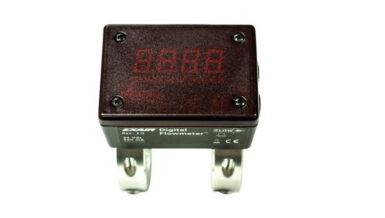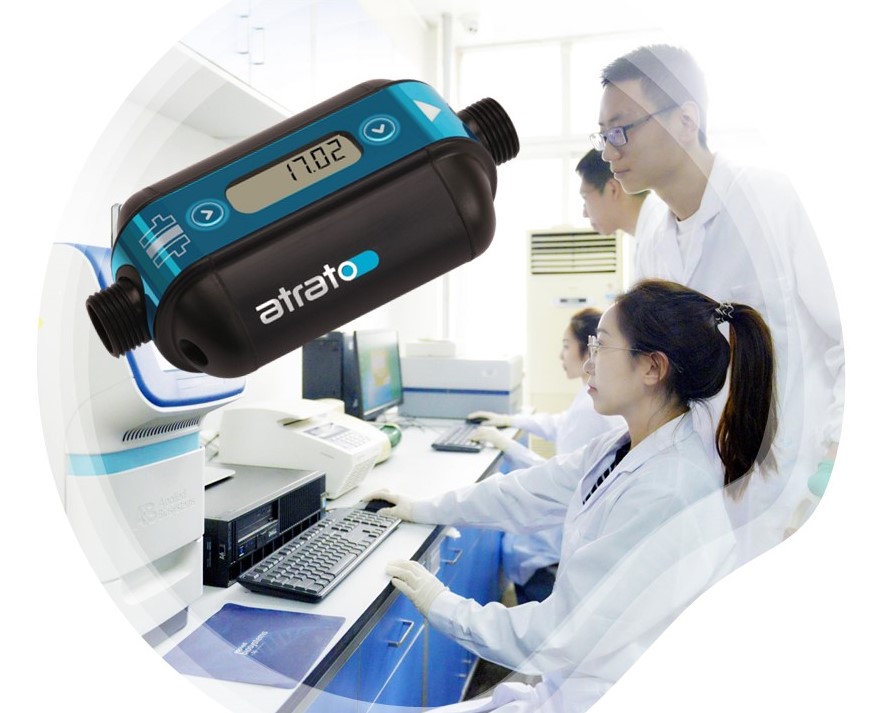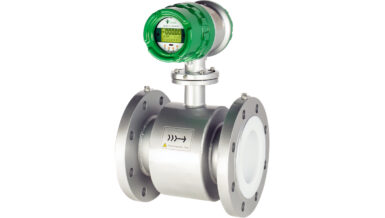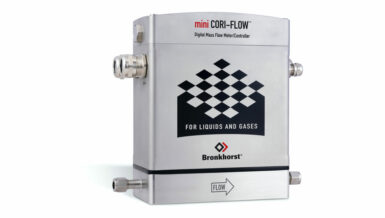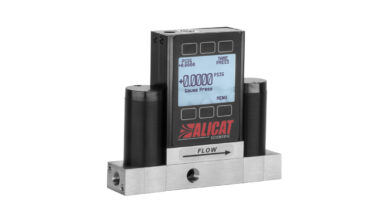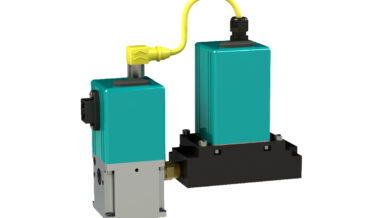Not long ago, end-users were telling vendors to stop providing more data unless they could easily explain how to use it to improve their bottom line. Perhaps Big Data got too big?
Enter artificial intelligence
Now algorithms could devour gigabytes of data and make decisions to increase productivity, often finding unique approaches that traditional methods failed to find. With AI available, more data is key. So did the hesitation on big data five years ago slow the development of devices with more data to give? Likely not.
Take smart process instrumentation like ultrasonic and Coriolis flowmeters. Both offered a cornucopia of diagnostic information beyond just their primary measurement. Each vendor would talk about a ‘window into the process for decades. Before artificial intelligence became available, making use of all the information was limited to the knowledge of specific individuals or limited programs made available by those vendors. This made scaling nearly impossible and the true potential of the information within the diagnostics remained out of reach.
A good attempt at scaling that knowledge was by Baker Hughes use of their flare flow meter diagnostics. Using the diagnostics to control the efficiency of customers’ flaring resulted in less greenhouse gases being released. With all that data available in instrumentation, the most challenging part was getting it all into the asset management system, DCS, or cloud and available to algorithms. Proprietary protocols, a patchwork of digital infrastructure, and rightfully placed concerns about security all created a choke point.
We are now seeing a revolution to meet the demand for AI
Vendors are making more intelligent sensors and instrumentation with the flexibility to push data into the cloud. With wireless technology and standards like WirelessHART, integration and security are easily addressed while bypassing the limited I/O wires. Lower power electronics and new technologies in low power sensors enable traditional high-powered devices, like NDIR gas detectors to be fully wireless. In addition, two-wire Ethernet, like HART IP, uses existing copper to push more data from the field without adding significant capital and engineering costs. As the pipeline for data through the air or over wire becomes better, companies will be able to increase the performance of their AI tools with minimal effort.





